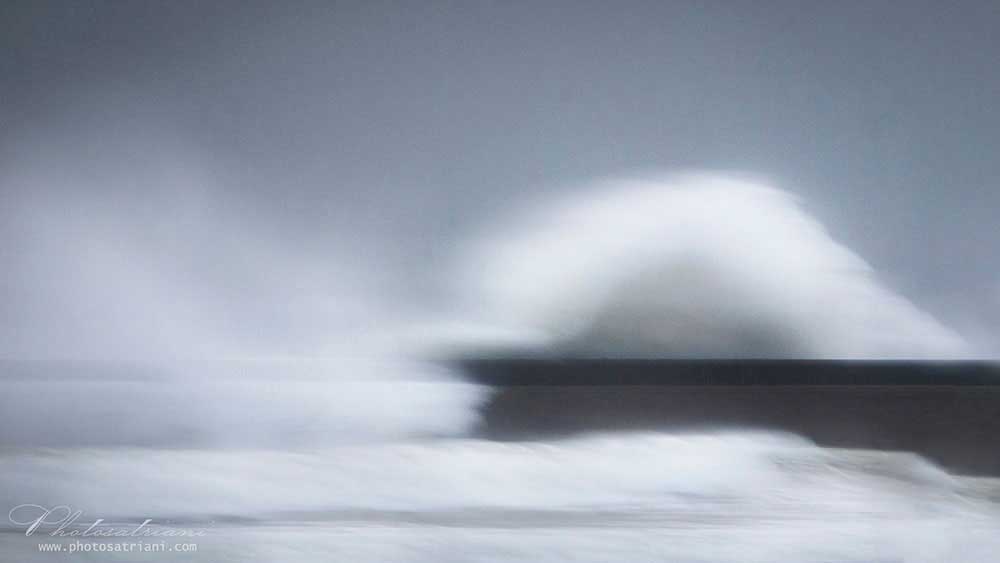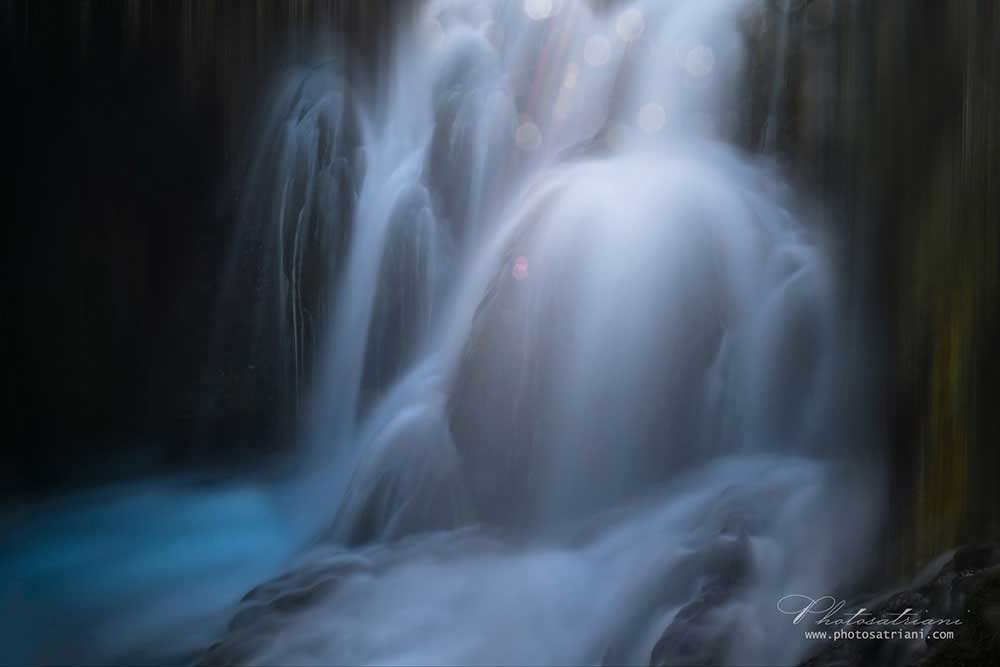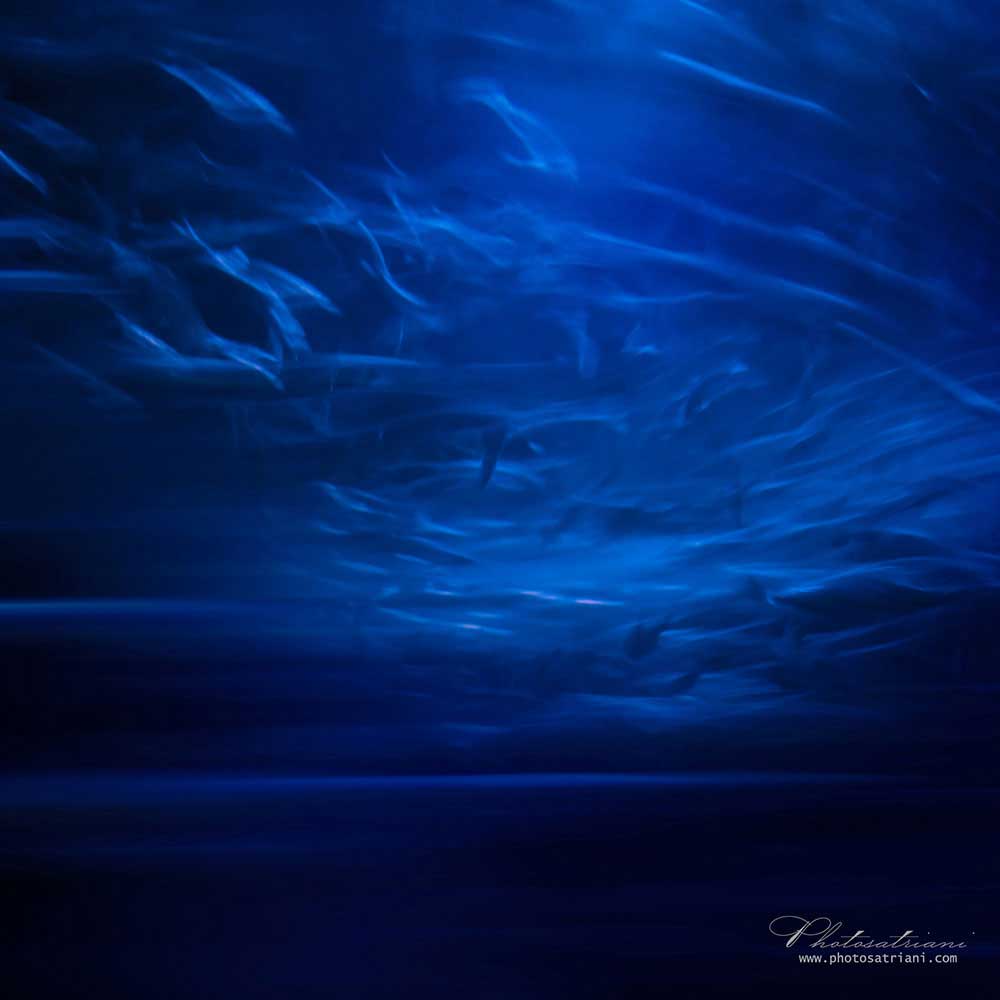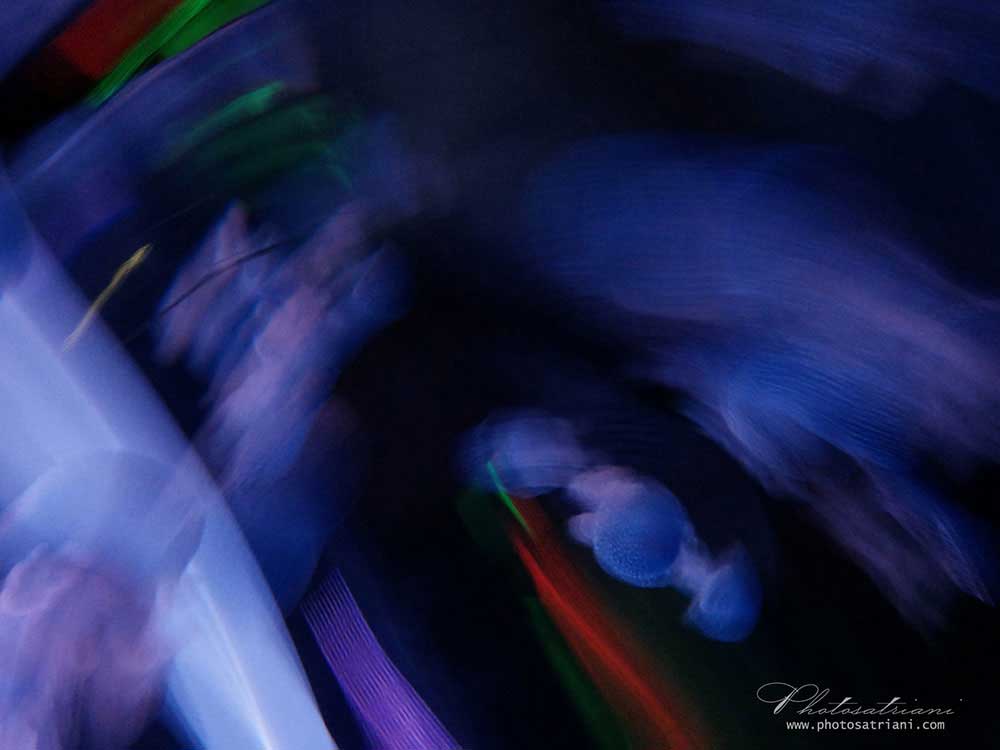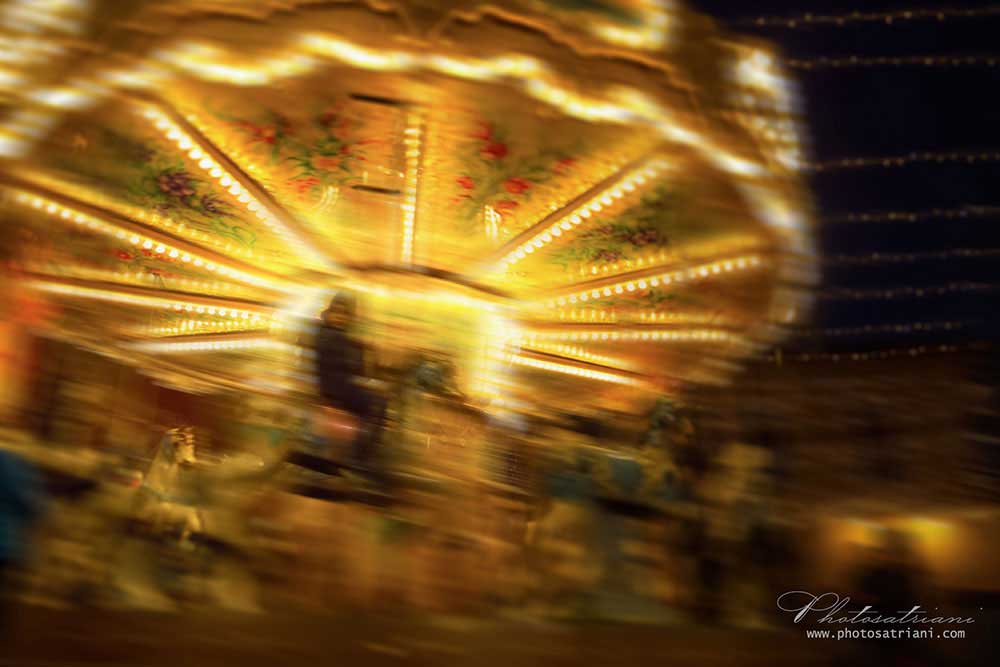Photographs that open paths back and forth between the obvious and the suggestive.
ICM stands for Intentional Camera Movement and essentially consists of taking photographs by intentionally moving the camera to transcend reality and create another dimension in which sensations count more than facts; emotions more than evidence.
Law of conservation of mass
In 1700, the father of modern chemistry (Antoine-Laurent Lavoisier) postulated the famous “nothing is created and nothing is destroyed, everything is transformed”; I find this postulate very appropriate to ICM Photography because when a photograph is taken with this technique, we are photographing the same things, the same light and the same colors; the composition rules are the same; in the same way, you have to think about the diaphragm opening, the times, the ISO and the tricks necessary to be able to have them under control to obtain what you want. The visual result that is obtained is totally different, because in the photonic reaction that is activated, the movement of the camera is introduced. Nevertheless, the image that is obtained contains the same elements, the same colors and the same amount of light as the image that would be obtained by not moving the camera.
“Be water my friend”!
Everything flows (luckily!), nothing remains; what does not flow stagnates and causes discomfort, boredom, sometimes illness. Sex, freedom, nature throb in movement. Even our wishes and goals are not immutable, and we are forced to relocate within the new perspectives that life offers us. Flow, “being water”, means transforming certainty into uncertainty, putting our foundations at stake, exploring, making mistakes, growing in our self-esteem, letting our inner landscape speak, cultivating and keeping our living in line with our feelings. ICM Photography is the visual representation of this concept of fluidity; it is a photograph for those who have reached a state of wise detachment from less important matters and the acquisition of a certain expressive freedom that leaves aside: pixels, smart filters and the impulsive cloning of flocks of birds taken on the banks of images, to find a creativity more related to sensations.
ICM and my photography
The way of expressing myself artistically is through photography and writing. When I create an image, the creative process that I follow is composed of two phases that are not necessarily close in time: the moment in which I take the photograph and the moment in which I reveal it. The truth is that I make sure that these two moments are far enough away in time, just to force an emotional connection between the two moments that if it is established, it is worth to me as it shows that I am on the good creative path.
I think is normal that when we create, we need to do it by establishing an emotional connection with the subject we portray. This connection must exist either when I make the image and when I see the image taken on the computer and I decide to reveal it. This means that all my images must pass these two emotional filters in order to “see the light”.
Photography is for me the tool I have available to face the world of essence. I use photography to see things in slow motion and in silence; at the same time, to get closer to what is inside me, in my deepest being. In this new space, I hope to create new perspectives that are perceived by those who see my photos and, in this way, to help align what you see with what you feel.
In this sense, ICM photography has always offered me a way to facilitate the accomplishment of everything I have tried to explain before. I have been practicing ICM photography since 1995 (when this type of photography had no name yet). It all came about because I already had the feeling at that time that people visually consumed the images like a hamburger from a fast food shop. The series I presented in the Photosaloon section of Torino Fotografia, arose from the urgent need to make people linger longer in front of an image. I thought that to achieve this goal I had to generate an interpretative doubt to the viewer who had to ask himself what those “things” he saw in the photo were. This “extra time” had to be enough to break down the reasoning and bring out the perception. If I could do this, surely people would dwell more on my images. I then thought that to create an evocative photograph, to create a doubt in the viewer, I had to diffuse the elements, without totally losing contact with reality. So, I started to move the camera while I was shooting and after a long trial and error process, necessary to refine the technique but also to understand which subjects worked better, I managed to compose a series that had a significant public success.
ICM Photography Magazine (ICMPhotoMag)
Since then, I have continued to practice ICM photography as an extra creative tool that I had in my skills, but I have never done it exclusively. The reality is that for some time, I felt I had put aside ICM photography, relegating it to a “blue distance”, full of nostalgia … and suddenly … in April 2020 I met ICM Photography Magazine Group in Facebook, created by Stephanie Johnson with the aim of bringing together people who practice this type of photography in one place (even if it is virtual), to allow sharing photos taken with the different ICM techniques and to accommodate learning and exchanges of opinions. Every three months Stephanie edits and publishes a digital magazine that offers a structured vision of what is happening in the group, invites people to learn and participate in the movement and represents a beautiful showcase for the photographers selected as featured photographers of the quarter.
In this Group, an ICM photograph is considered only if it falls into one of the following categories:
- Single exposure”in-camera” ICM (straight out of camera=SOOC)
- Single exposure”in-camera” ICM with general post-processing edits
- Single exposure”in-camera” ICM with creative post-processing
- Multi-exposure in-camera ICM in which the number of ICM exposure is preponderant compared to the no-ICM ones
- Multi-exposure (composite) individual layered ICM in which the number of ICM layers is preponderant compared to the no-ICM ones
- Multiple exposure “in-the-round” or “Pep Ventosa style”
- Zoom burst
Ever since I found the ICM Photography Magazine Group, I have been recognized for my creative impulse to move the camera or to combine ICM photos with non-ICM images during post-processing. In addition, the group is a community in which you can learn, get incentives to explore new territories and have the possibility of contacting other people who have the same hobby.
Conclusions
ICM photography is a type of photography that is done with instinct, you are never sure of what you will get, but at the moment of shooting, I know what I would like to achieve. According to this idea, I consequently move the camera and set the times and diaphragms.
When you doing ICM photography, you paint with light and shapes to visually represent what you feel at that moment; a melody is composed which must play to universal music because one does not communicate with the representation of forms, but through sensations. A poem instead of a literary essay. It is an exercise of freedom that allows us to free ourselves from appearances and concentrate on the essence.
As my friend Angeles says: “a photograph that open the way back and forth between the obvious and the suggestive.”
Photosatriani
I am a curious of life with idealistic tendencies and a fighter. I believe that shadows are the necessary contrast to enhance the light. I am a lover of nature, of silence and of the inner beauty. The history of my visual creations is quite silent publicly but very rich personally, illuminated by a series of satisfactions and recognitions, such as: gold and silver winner in MUSE Awards 2023; Commended and Highly Commended in IGPOTY 2022/19/18, honorable mention in Pollux Award 2019; selected for Descubrimientos PhotoEspaña (2014), Photosaloon in Torino Fotografia (1995) and in VIPHOTO (2014). Winner of Fotonostrum AI Visual Awards 2024. Group exhibitions in: Atlántica Colectivas FotoNoviembre 2015/13; selected for the Popular Participation section GetxoPhoto 2022/20/15. Exhibitions in ”PhotoVernissage (San Petersburgo, 2012); DeARTE 2012/13 (Medinaceli); Taverna de los Mundos (Bilbao); selected works in ArtDoc, Dodho, 1X. A set of my images belongs to the funds of Tecnalia company in Bilbao, to the collection of the "Isla de Tenerife" Photography Center and to the Medicos sin Fronteras collection in Madrid. Collaborator and interviewer for Dodho platform and in Sineresi magazine [Website]



